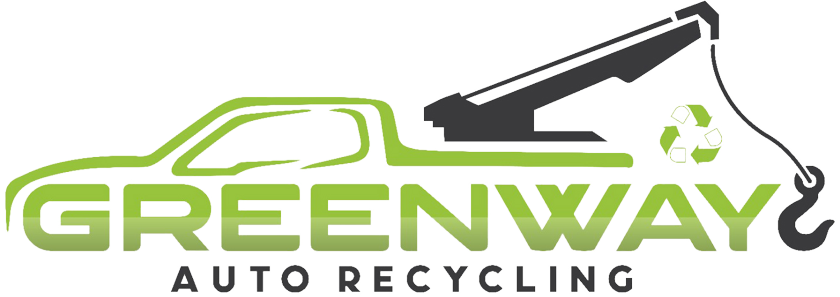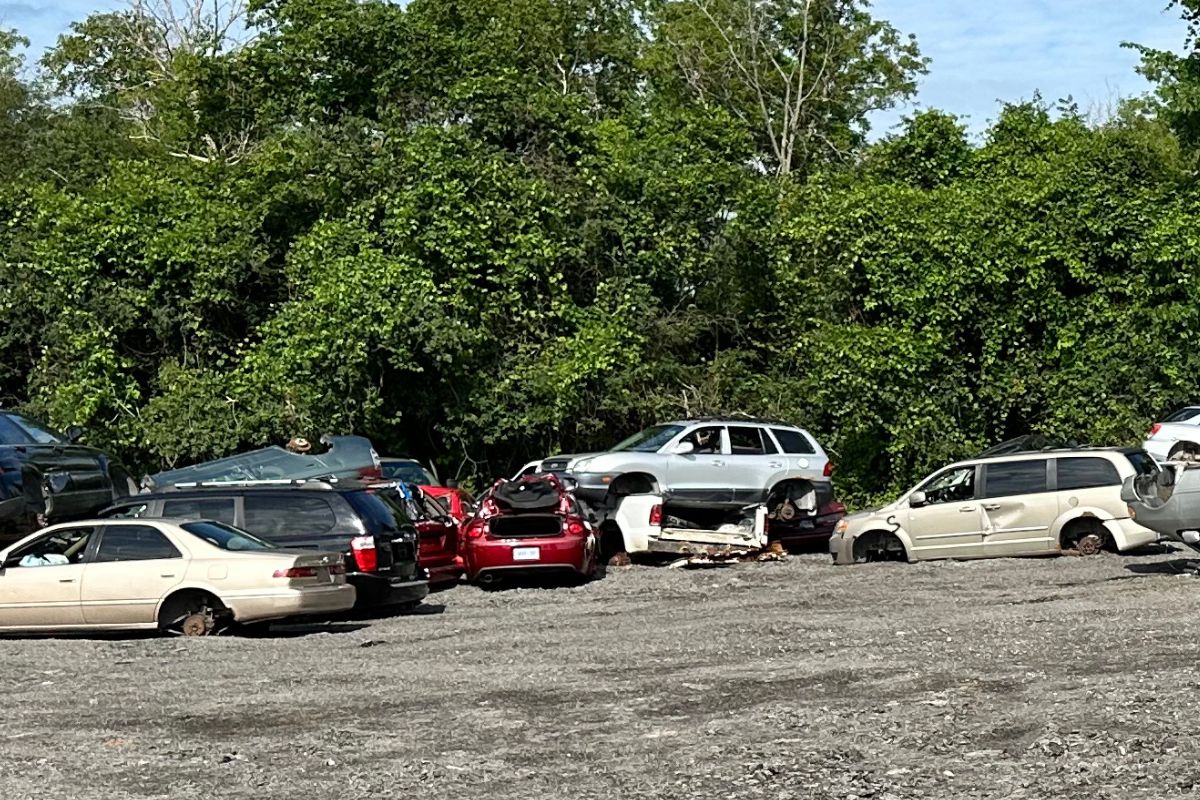Introduction
Disposing of junk cars responsibly is essential for every car owner to prevent environmental harm. Scrapping your vehicle the right way can significantly reduce its environmental impact. At Greenway Auto Recycling, we follow eco-friendly practices to handle junk cars safely and efficiently. Today, we’ll explore the science behind junk car de-pollution and highlight the essential steps involved in the eco-conscious disposal process.
1. Draining Fluids
The first step in the de-pollution process is draining all the fluids from the car. The junk car buyers will drain engine oil, coolant, transmission fluid, and brake fluid. These fluids are hazardous to the environment, and improper disposal can lead to contamination or accidents. So draining them is the best option before recycling or scrapping the car. Once drained, the fluids are either recycled or disposed of following government guidelines.
2. Removing Batteries
Car batteries contain hazardous materials like lead and sulfuric acid, which pose serious environmental risks. Therefore, during the de-pollution process, auto recyclers remove the batteries and send them to specialized recycling facilities where they are processed. Specialized facilities extract valuable materials and safely dispose of the hazardous components.
3. Dismantling the Air Conditioning System
Vehicle air conditioning systems use refrigerants that can damage the ozone layer if released into the atmosphere. Due to the environmental hazards of refrigerants, auto technicians carefully remove and dismantle the air conditioning system during the de-pollution process. The refrigerants are then captured and recycled by environmental regulations.
Also Read: Role of Scrap Car Removal in Reducing Greenhouse Gas Emissions
4. Removing Mercury Switches
Some older cars have mercury switches that can release toxic mercury into the environment. Auto recyclers identify and remove these switches during the de-pollution process and send them to specialized facilities for safe recycling.
5. Catalytic Converters
Catalytic converters are among the most valuable scrap car parts due to the precious metals they contain, such as platinum, palladium, and rhodium. These components play a crucial role in reducing harmful vehicle emissions. During the de-pollution process, workers focus on recycling catalytic converters by removing them and sending them to specialized facilities that extract and reuse these valuable materials.
6. Tires and Wheels
During the de-pollution process, technicians remove the tires and wheels from the car. These tires are recycled into products such as rubberized asphalt, playground surfaces, or even used as fuel in industrial processes. Wheels are made of aluminum or steel, so they can also be recycled to create new products.
Also Read: Car Recycling 101: How Your Old Car Can Help the Environment
7. Crushing and Shredding
After the de-pollution process is complete, workers crush and shred the car’s body. They separate the scrap metal into ferrous (iron-based) and non-ferrous (non-iron-based) metals. These metals are then sent to recycling centers where they’re processed and used to manufacture new products.
Conclusion
The junk car de-pollution process is essential for the responsible disposal of vehicles and plays a major role in reducing environmental pollution. At Greenway Auto Recycling, we focus on following environment-friendly practices, including proper de-pollution. If you have questions or want to learn more about our services, feel free to call us at (416) 783-9026.





